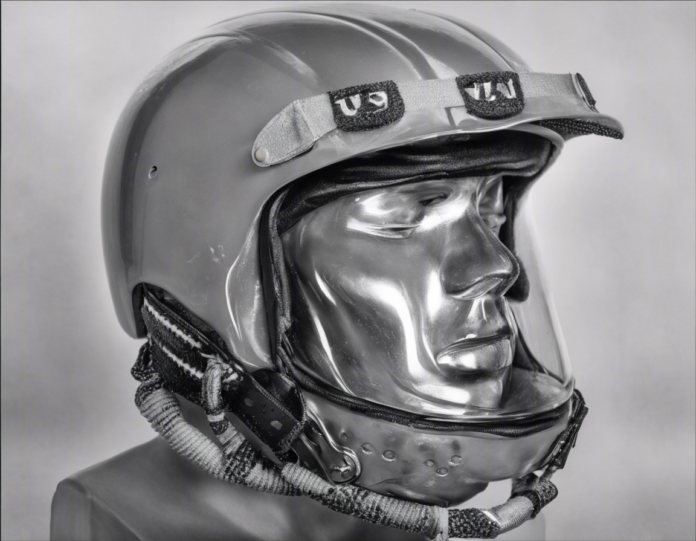Introduction
Whether you’re an avid cyclist, a dedicated football player, or a committed skateboarder, helmet strain caused by sweat build-up is a common issue that can hinder your performance and overall comfort. Sweat helmet strain occurs when sweat accumulates in your helmet, causing discomfort, odor, and potential hygiene problems.
In this comprehensive guide, we will explore the various causes of sweat helmet strain and provide practical tips and solutions to help you prevent this issue and maintain a pleasant and hygienic athletic experience.
Causes of Sweat Helmet Strain
- Heat and Humidity: High temperatures and humidity levels can increase sweat production, leading to excessive sweating under your helmet.
- Poor Ventilation: Insufficient ventilation in your helmet can restrict airflow, trapping sweat and heat inside.
- Inadequate Helmet Fit: A helmet that is too tight can press against your scalp, impeding proper airflow and exacerbating sweat production.
- Long-Duration Activities: Engaging in prolonged athletic activities can cause continuous sweating, contributing to sweat helmet strain.
- Hygiene Habits: Infrequent cleaning of your helmet can result in the accumulation of sweat, dirt, and bacteria, leading to unpleasant odors and skin irritations.
Prevention Tips
-
Choose the Right Helmet: Select a helmet with ample ventilation holes and moisture-wicking padding to promote airflow and wick moisture away from your skin.
-
Proper Helmet Fit: Ensure your helmet fits securely but comfortably, allowing for adequate airflow and preventing pressure points that can induce sweat.
-
Moisture-Wicking Gear: Wear moisture-wicking apparel underneath your helmet to absorb sweat and facilitate moisture evaporation.
-
Frequent Helmet Cleaning: Regularly clean your helmet with mild soap and water to remove sweat, dirt, and bacteria that can cause odor and skin irritations.
-
Helmet Liner or Sweat Guard: Consider using a helmet liner or sweat guard to absorb sweat and protect the interior of your helmet from moisture accumulation.
-
Take Breaks: During extended physical activities, take periodic breaks to remove your helmet, wipe away sweat, and allow your head to air out.
-
Hydration: Stay hydrated to regulate your body temperature and minimize excessive sweating during athletic endeavors.
-
Hair Management: Tie up long hair to prevent it from obstructing airflow and trapping heat inside your helmet.
FAQs (Frequently Asked Questions)
- How often should I clean my helmet to prevent sweat helmet strain?
-
It is recommended to clean your helmet at least once a month or more frequently if you engage in rigorous physical activities.
-
Can I use hair products like gels or sprays before wearing a helmet?
-
It is advisable to avoid using heavy hair products that can trap sweat and impede ventilation. Opt for lightweight styling products or apply them after removing your helmet.
-
Should I wear a skull cap under my helmet to prevent sweat helmet strain?
-
Wearing a skull cap or moisture-wicking headband can help absorb sweat and protect your helmet from moisture buildup, enhancing comfort during sports activities.
-
What is the best way to dry a helmet after cleaning it?
-
After cleaning your helmet, allow it to air dry in a well-ventilated area away from direct sunlight. Avoid using heat sources such as hair dryers, as they can damage the helmet material.
-
How can I reduce helmet odor caused by sweat accumulation?
- To combat helmet odor, sprinkle baking soda inside your helmet and let it sit overnight to absorb odors. Regularly cleaning your helmet and using odor-neutralizing sprays can also help maintain freshness.
Conclusion
By implementing these preventative measures and adopting good hygiene practices, you can effectively combat sweat helmet strain and enjoy a more comfortable and enjoyable athletic experience. Remember to prioritize proper ventilation, cleanliness, and moisture-wicking techniques to keep your helmet fresh, odor-free, and conducive to optimal performance.








